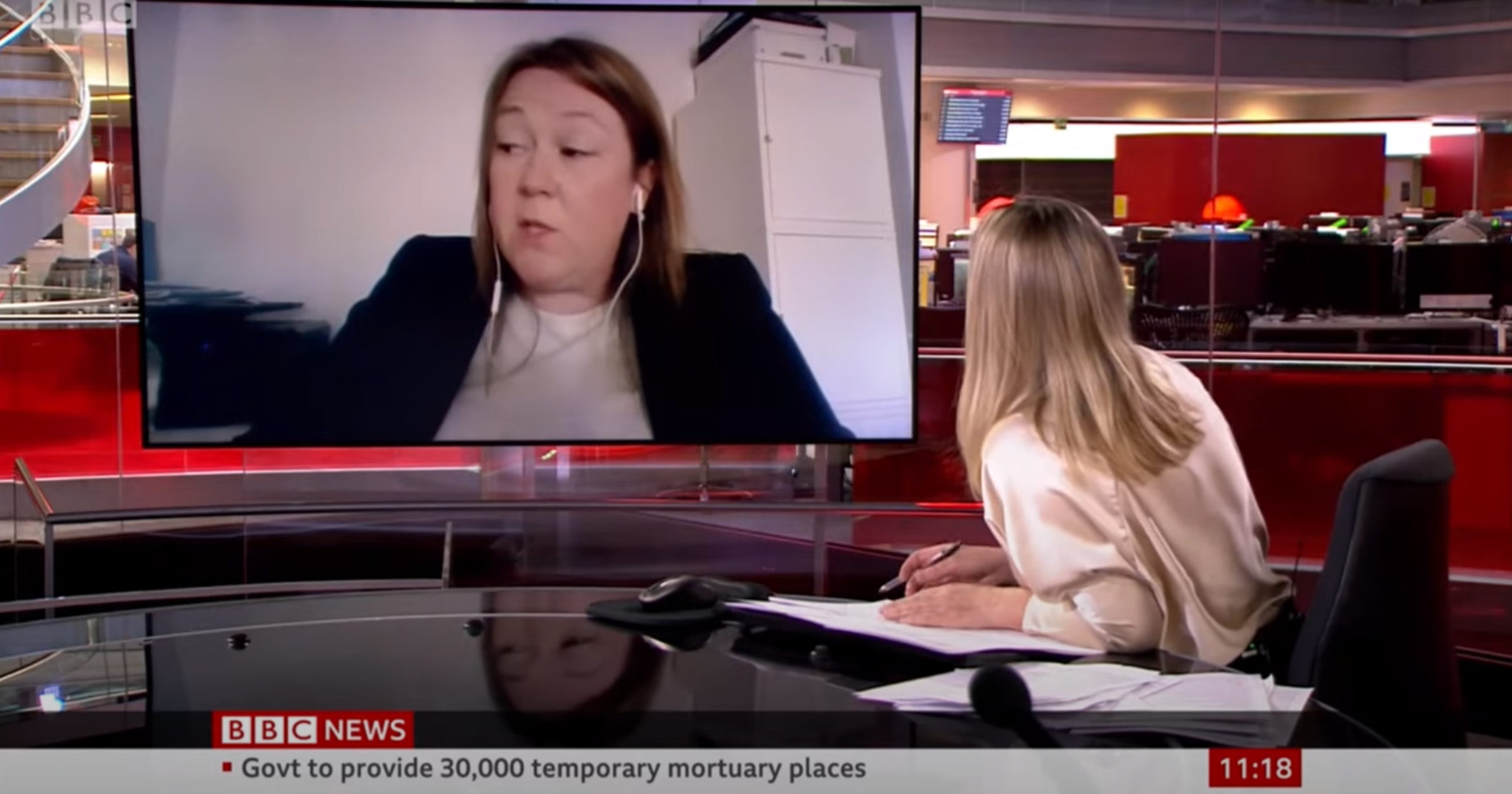- People
- Expertise
Our expertise
We are a team of more than 600 professionals, with the depth of experience which makes us genuine experts in our fields. Together, gunnercooke’s people have strength across just about every corporate discipline and sector. We provide legal, commercial and strategic advice that delivers real value to the clients we work with, which span from multinational enterprises through to not-for-profit organisations. Our breadth of expertise covers some of the most interesting emerging disciplines such as charity, crypto, sports and competition law.
Search by practice areaDispute ResolutionDispute Resolution OverviewMeet the Dispute Resolution TeamIntellectual Property DisputesFinancial Services & FinTech OverviewProceeds of CrimeEmployment TribunalTax InvestigationProperty Dispute ResolutionInsolvency DisputesMediationCivil Fraud & Asset TracingHealth & SafetyBusiness Crime & InvestigationsLitigation & ArbitrationInternational Arbitration - International
International Offices
The gunnercooke group has 16 main global offices across England, Scotland, the US, Germany and Austria, with further plans for growth in the coming years. These offices enhance the existing in-house capability of our dedicated international teams and dual-qualified experts that cover Spain, France, Italy, Portugal, Brazil, China, India, Poland and Hungary. Our team have clients across 123 jurisdictions, speak 46 languages and are dual-qualified in 21 jurisdictions. Our expertise means we can offer large teams to carry out complex cross-border matters for major international clients.
- Our story
Our story
gunnercooke is a Top 70 law firm. We comprise a rapidly growing number of experts spanning legal and other disciplines. Clients benefit from flexible options on fees to suit their needs, access to a wider network of senior experts throughout the relationship, and legal advice which is complemented by an understanding of the commercial aspects of running a business.
- Reading Room
- News & Insights

Prior to July 2013, if an employer wanted to have a confidential conversation with an employee about terminating their employment on agreed terms, they could only do so on a ‘without prejudice’ basis where there was an existing dispute between the parties. Numerous case authorities deal with what constitutes an existing dispute. In the absence of an existing dispute, the employer ran the risk of the employee using the content of any such conversation as a breach of trust of confidence justifying resignation, and/or referring to it in employment tribunal proceedings.
In July 2013, the Government introduced new legislation (in section 111A(1) of the Employment Rights Act 1996) designed to co-exist with the ‘without prejudice’ principle –and the concept of a “protected conversations” was born. It effectively allows employees and employers to have frank conversations about termination of the employment where there has been no previous dispute about that employee’s capability or conduct. These conversations usually precede an agreed settlement via a settlement agreement.
Why have a protected conversation?
There are many reasons why an employer may wish to have a protected conversation with an employee.
- To avoid the need for the employer to use precious management and other personnel time in conducting performance or disciplinary processes
- To avoid the need for the employee to be subjected to a stressful and potentially unsuccessful (from their perspective) internal process.
- To allow both parties to move on quickly with closure and certainty.
- By reaching a settlement, both parties can avoid the public arena (tribunal), and the expense and risk of litigation.
Whilst protected conversations make settlement discussions easier to have, there are still certain requirements for such a discussion to be valid and for the protection to apply.
Tips on how to have an effective Protected Conversation with an Employee
- There must be an issue regarding performance or conduct.
- You should advise the employee that you wish to have a protected conversation, and that the discussion (and any associated correspondence) will be protected under s111A Employment Rights Act 1996 and cannot subsequently be referred to by either party. The other party does not have to formally ‘agree’ to have a protected conversation. However usually as a matter of courtesy, the employer will ask the employee if they would like to have a protected conversation. In my experience, no one ever declines. If they do, curiosity usually gets the better of them and they change their minds quickly!
- You should set out in an unbiased manner, the situation that has led to the conversation. For example, “We have had concerns about your performance and you have been spoken to informally about this on several occasions. We are now going to proceed with a formal performance management process. You will have the benefit of a fair and thorough procedure. However, if your performance does not improve to the required standard, it is possible that you will ultimately be dismissed on the grounds of poor performance. As an alternative to going through that process, we are prepared to make you an offer which will allow you to leave now, by mutual agreement.”
- You should briefly set out the offer you are making. This usually includes some or all of the following:
- an ex gratia termination payment;
- an opportunity to leave promptly with a payment in lieu of notice;
- the reason for leaving recorded as mutual agreement or resignation;
- a good reference; and
- a contribution towards legal fees where a settlement agreement is being proposed. (I recommend that any exit agreement is contained in a settlement agreement, as this is the only thing that prevents an employee from pursuing claims at an employment tribunal).
- You should give the employee a reasonable time to consider the offer (which is defined by ACAS as being 10 calendar days).
- You must not threaten the employee or place undue pressure on them to accept the offer. For example, do not say “if you don’t accept this offer, you will be dismissed”. This is because a protected conversation is protected from admissibility in unfair dismissal proceedings “unless there has been “improper behaviour” (section 111A(1), ERA 1996).
ACAS guidance states that it is ultimately up to an employment tribunal to decide what constitutes improper behaviour, but gives the following examples:
- harassment, bullying and intimidation, including through the use of offensive words or aggressive behaviour;
- physical assault or the threat of physical assault and other criminal behaviour;
- victimisation;
- putting undue pressure on a party; and
- discrimination.
Thus you should not communicate aggressively with the employee, arbitrarily shorten the time period for considering the offer, threaten to withdraw the offer within the given time period, or act with a discriminatory motive.
- It isn’t an absolute requirement, but it is advisable, to confirm what you’ve offered and the outline of your discussion in writing, marked without prejudice and subject to contract, and state that you held a protected conversation in accordance with s.111A Employment Rights Act 1996. If nothing else, it will remind the employee of what has been offered, as they may not take everything in at your meeting. Another option is to have a draft settlement agreement ready to give to the employee to take away for consideration.
- If the employee asks for some time off to consider their position/take legal advice, it isn’t obligatory to allow it, but it is usually advisable to do so. Just record it in your letter to them, or send a second without prejudice letter, to confirm what has been agreed.
- If at any point during the process the employee says they don’t want to participate in a protected conversation – then stop.
- Once the employee has instructed a solicitor, I advise instructing your solicitor to handle the negotiation unless the agreement is straight forward and you are confident the drafting is accurate.
Used properly and appropriately, protected conversations are a useful tool to allow grown-up conversations to take place in the workplace, without the need for a substantive issue to arise. If you need any further support on this topic then please get in touch with Employment Partner Angela Brumpton or gunnercooke’s Employment team.





